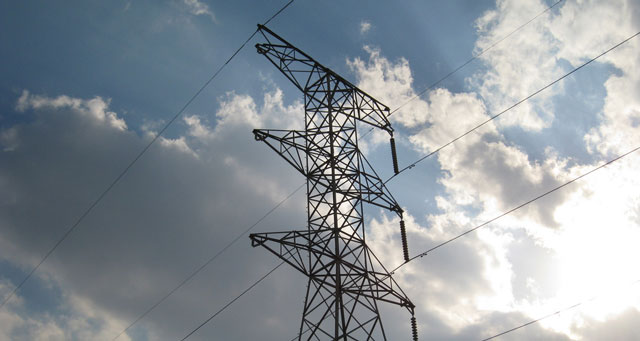
A day after reassuring the country that Eskom plans to avoid load shedding in the foreseeable future; it celebrated its 100th day without cutting power supply on Tuesday.
The backlog in the maintenance programme of its ageing power plants is making steady progress, improving plant availability and a drop in plant breakdowns over the past three months, it explained.
Apart from two hours and 20 minutes of load shedding on 14 September, Eskom’s capacity has avoided dipping into risky territory.
Load shedding became a hot word again for South Africans from 1 November 2014, when a coal silo collapsed at Majuba power station. The use of load shedding had previously been used in 2008.
By August, load shedding had cost the economy dearly, with gross domestic product contracting by 1,3% in the second quarter and unemployment increasing to 25,5% in October.
A leadership reshuffle saw former Transnet CEO Brian Molefe take on the challenge of Eskom in April, which he said would be “any MBA student’s dream project”.
A new management programme called Tetris was recently introduced at Eskom to help manage the utility’s maintenance headache. Over 64% of Eskom’s power stations are in their mid-life and require more preventative maintenance to improve their performance and ensure their safety.
Many critics believe Eskom’s ability to stave off load shedding has more to do with lower demand than any heroics from the power utility.
An analysis by energy expert Chris Yelland published on Monday explained that while it may appear that the war room interventions and new leadership at Eskom have stabilised the generation capacity crisis, South Africans should take little comfort that load shedding has stopped when electricity demand in 2015 is some 5% less than in 2014, and about 10% lower than it was in 2007.
“The further 5% drop in demand in 2015 has indeed provided welcome space for Eskom to keep planned maintenance levels at about 5GW without the need for load shedding in recent months,” he explained. “However, recovery from the generation maintenance backlog is a long haul.”
Molefe criticised Yelland’s interpretation on Monday during his question and answer session with media, saying: “We do not have a demand crisis and your article you published … is way off the mark.”
“Mr Molefe denies electricity demand in 2015 is 5% lower than in 2014, yet the data is from Eskom’s own website,” Yelland tweeted on Tuesday.
Yelland’s concern is that Eskom is falling into a spiral of low electricity sales, while it applies for higher tariffs to fund its mandate. He pointed out on Twitter on Monday that Eskom’s new build projects (Medupi and Kusile) have once again been delayed, which will have further cost implications.
Molefe did say in his presentation that the intention is to fast-track the build programme, but Medupi is now scheduled to be fully completed in May 2020, Kusile in September 2022 and Ingula in July 2017.
In his quarterly update on the state of Eskom on Monday, Molefe said it had implemented an interim solution at Majuba on October 1, a step that will save costs.
“The use of trucks to transport coal has been curtailed from an average of 1 060 trucks before the implementation of the interim solution to an average of 90 trucks,” he said.
Designs for the permanent solution have been completed, which includes the re-instatement of the damaged silo and its coal conveyor system, as well as the reinforcement of the two other coal silos.
With the contract being awarded at the end of this month, Eskom hopes construction will be completed on 31 December 2017.
Meanwhile, Eskom and Hydroelectrica de Cahora Bassa from Mozambique will this week undertake planned maintenance on the Cahora Bassa hydroelectric scheme. This routine maintenance will reduce South Africa’s imports from Cahora Bassa by 650MW for the whole week. — Fin24




